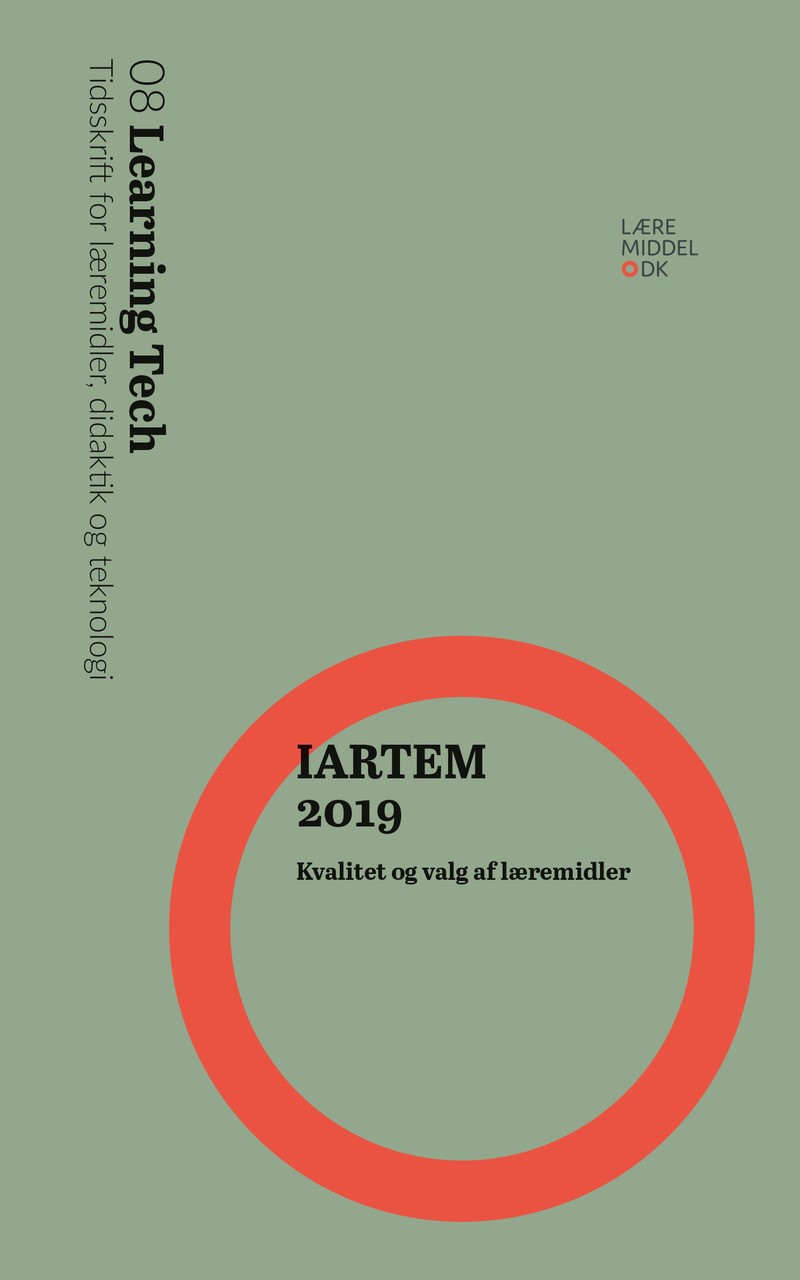Mundtlighed i danskfaget og dets læremidler
DOI:
https://doi.org/10.7146/lt.v5i8.119808Resumé
Mundtlighed er en central del af al undervisning, hvor læreren viser tilrette gennem samtale, men netop i modersmålsfaget er mundtlighed samtidig indhold. Eleven skal lære at ytre sig, tale og lytte og indgå i mange forskellige mundtlige kommunikationssituationer (Undervisningsministeriet, 2019). Man må derfor forvente, at læremidler til danskundervisningen giver et bud på, hvordan læreren kan undervise i mundtlighed. Samtidig tyder meget på, at mundtlighed ikke fylder meget som indhold i modersmålsundervisningen (Haugsted, 1999; Penne & Hertzberg, 2015, Hvass, 2017). I denne artikel fremstilles en læremiddelanalyse (Hansen & Skovmand, 2011) af to didaktiske læremidler. Analysen fokuserer på hvordan og i hvilken udstrækning mundtlighed gøres til indhold i et de mest anvendte læremidler til modersmålsundervisningen samt et temabaseret, præmieret læremiddel med særligt fokus på mundtlighed. Analysen munder ud i en vurdering af læremidlernes “potentielle læringspotentiale” (Bundsgaard & Hansen, 2011). Teoretisk forankres undersøgelsen i en nordisk tradition inden for mundtlighedsdidaktik som bygger på især Haugsted (1999), Dysthe (1997) og Høegh (2017; 2018). Lytning anses for en integreret del af mundtligheden (Høegh 2018). Teorien operationaliseres i ”Mundtlighedstrekanten”, som bidrager med et metasprog om mundtligt sprog, der også ville kunne anvendes i lærerens fagdidaktiske planlægning og refleksion.
Downloads
Publiceret
Citation/Eksport
Nummer
Sektion
Licens
Forfatterne og Læremiddel.dk.
Må ikke bruges kommercielt.


